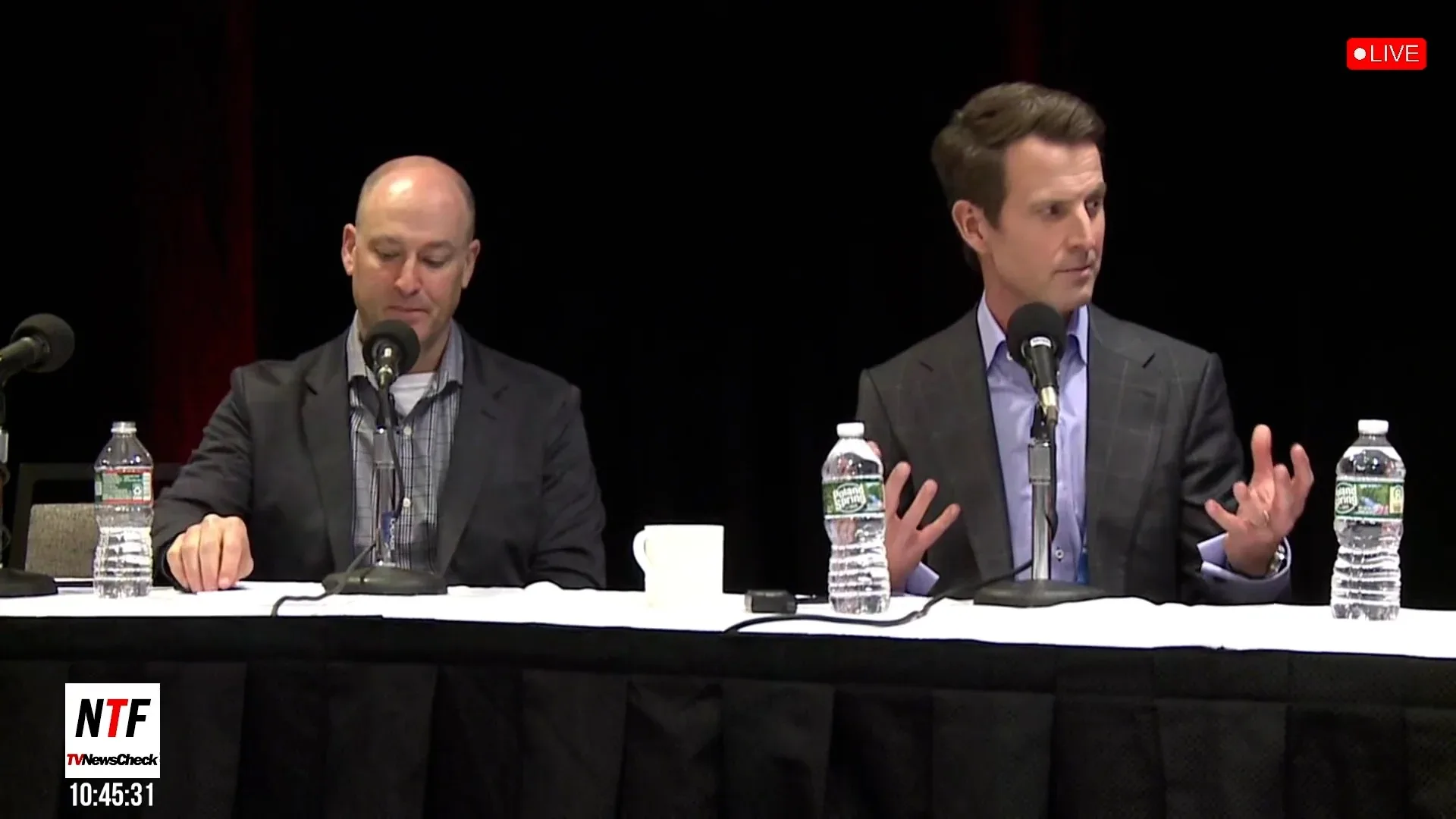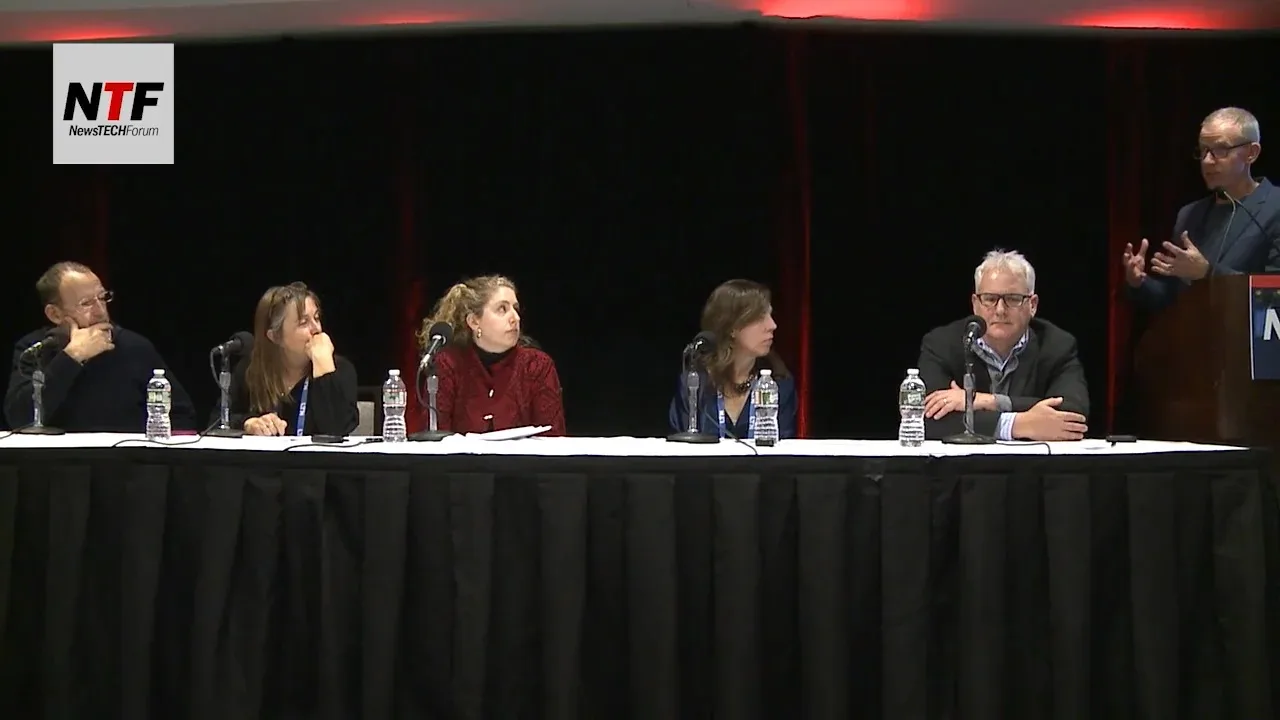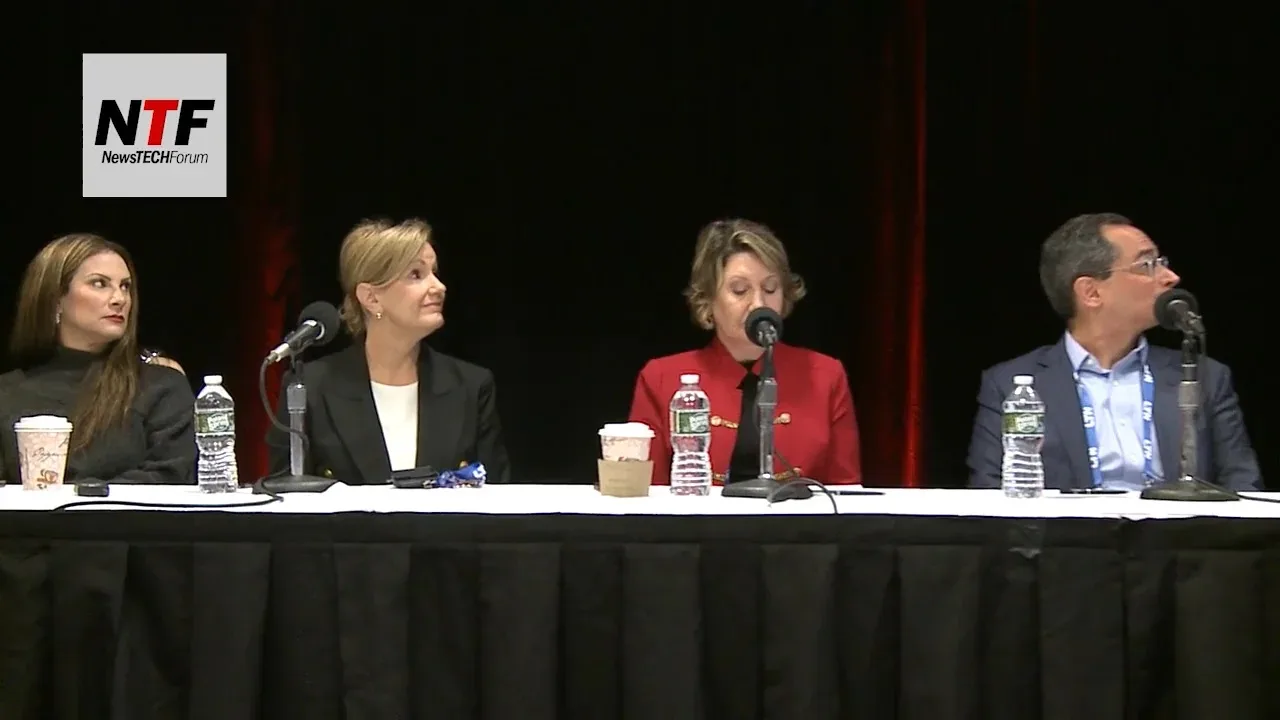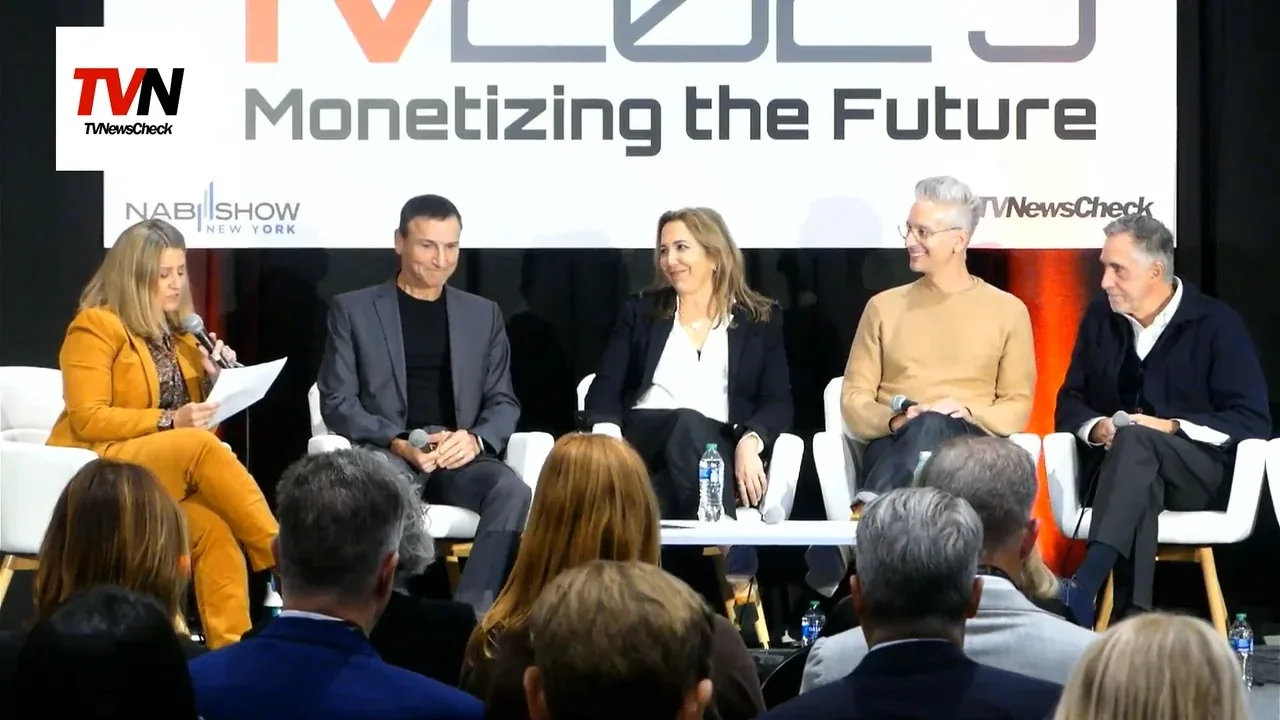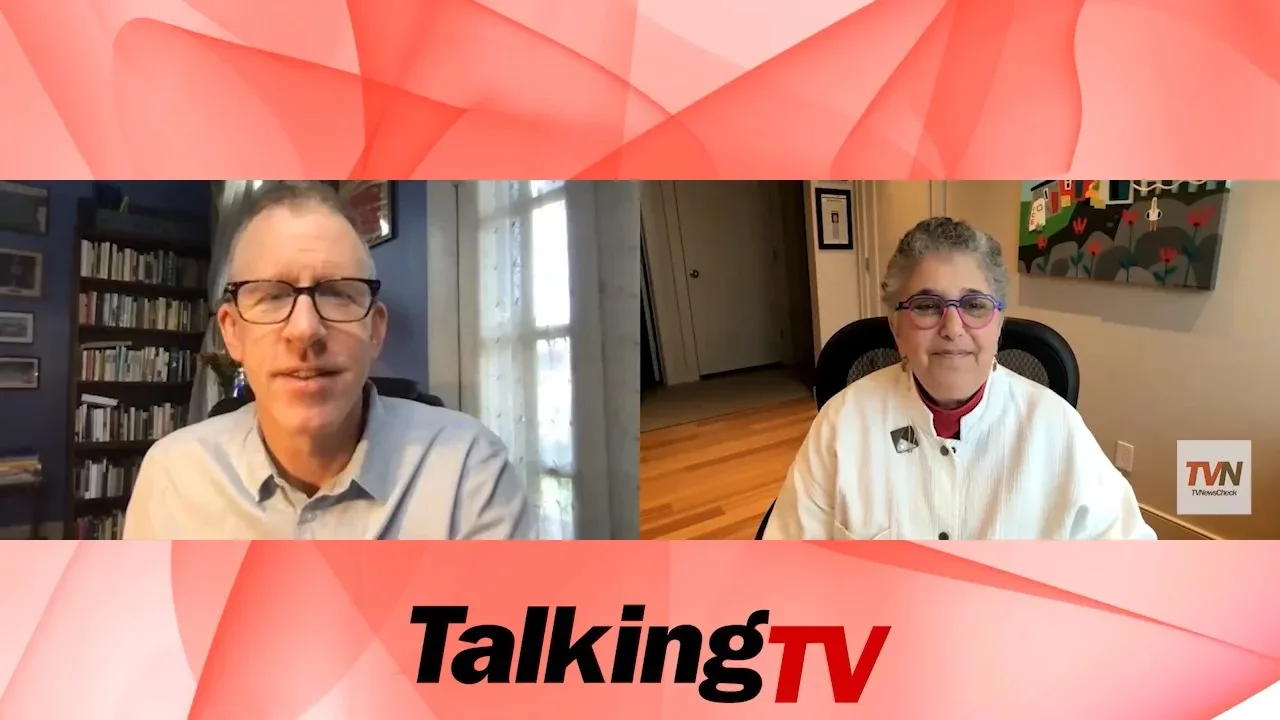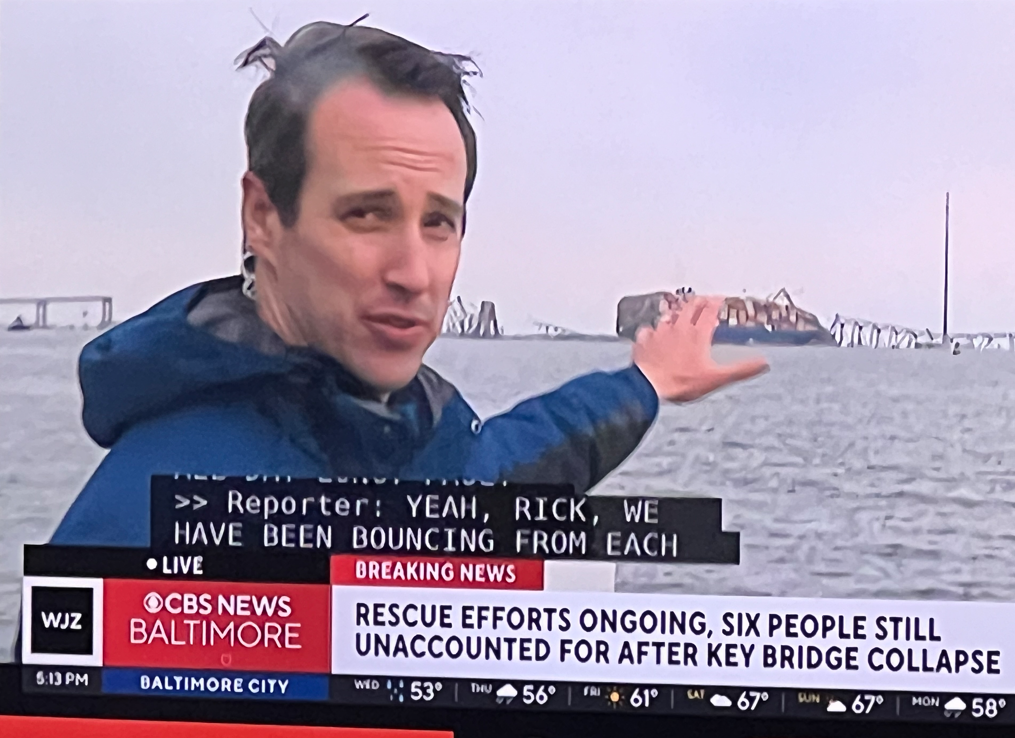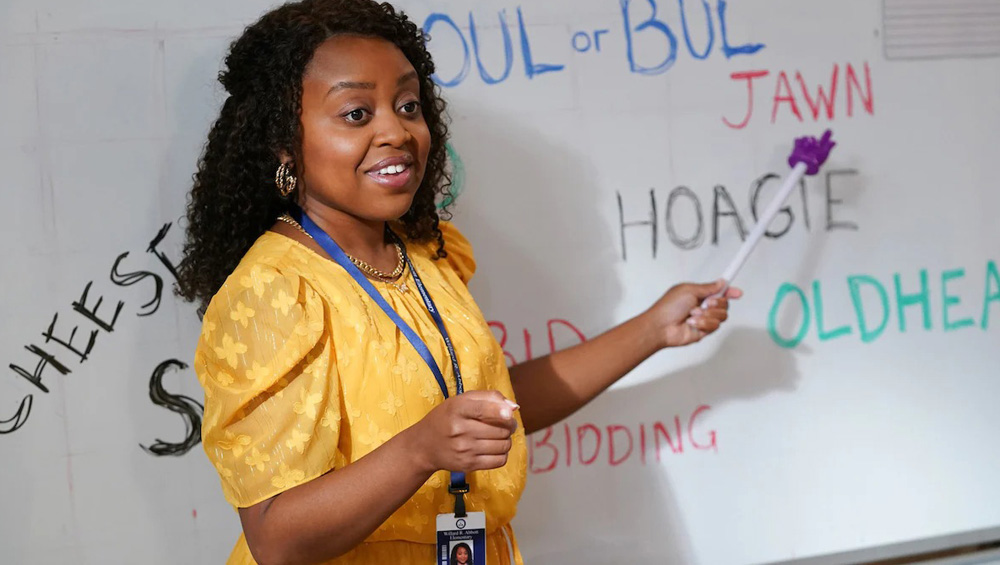
The ReFrame Report on Gender & Hiring in TV found gender-balanced employment in 94 of the top 200 series of the 2022-23 season.
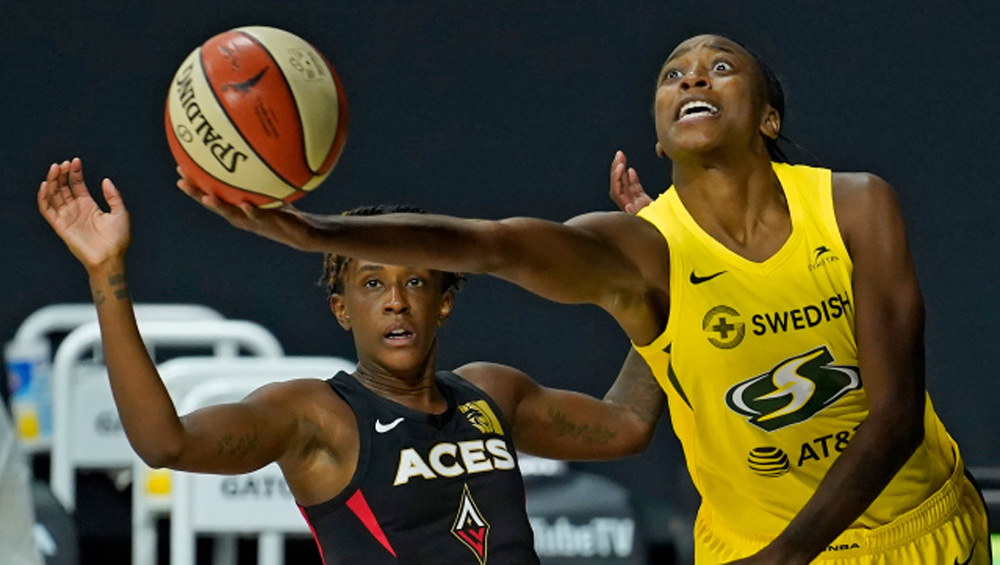
ESPN’s SportsCenter has long seemed like a bastion of guy TV. Not tonight. When ESPN viewers tune in to the 11 p.m. edition of the long-running sports-news program, they may see something a little different. The entire hour-long program will be anchored by women. ESPN die-hards will “see what’s important” in the world of sprots, says Carrie Brzezinski-Hsu who oversees ESPN CreativeWorks, which helped design the format.

With the appointment of three executives — Amy Entelis (pictured), Virginia Moseley and Eric Sherling — to lead CNN in the wake of the departure of boss Chris Licht, every major cable and broadcast news network is now run, at least in part, by women. They include Kimberly Godwin of ABC News, Rashida Jones of MSNBC, Rebecca Blumenstein of NBC News, Wendy McMahon of CBS News and Suzanne Scott of Fox News Media.
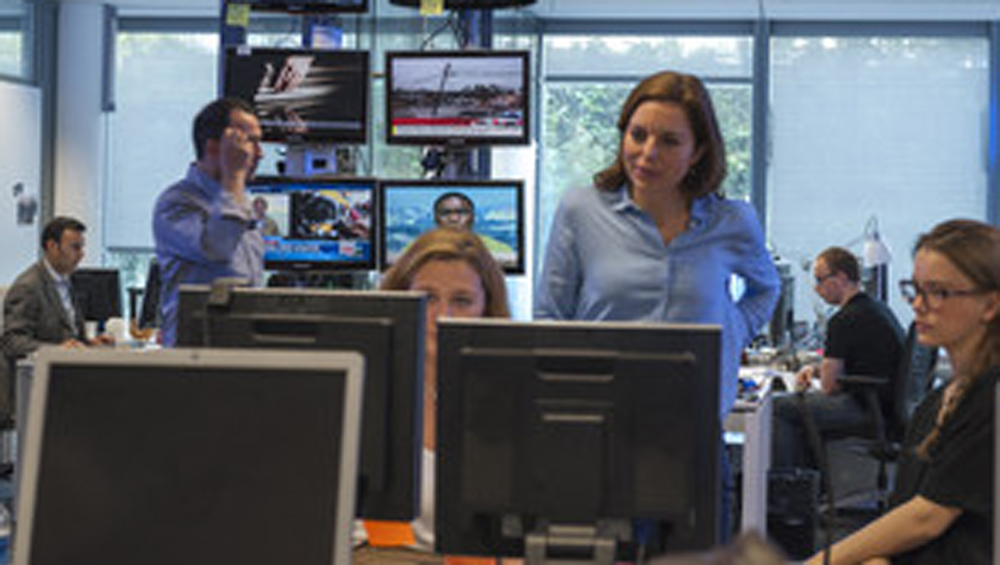
As the entertainment industry looks to improve the ratio of female representation in television on screen and behind the scenes, a study finds that the youngest streaming services have made more progress than broadcast networks that have been around for decades. That’s one of the conclusions of this year’s Boxed In survey, an annual report on female employment in television by Martha Lauzen, executive director of San Diego State University’s Center for the Study of Women in Television and Film.

CEO, chief financial officer and other key posts are being filled by women at major agencies
In Buffalo, New Reporters Are Women
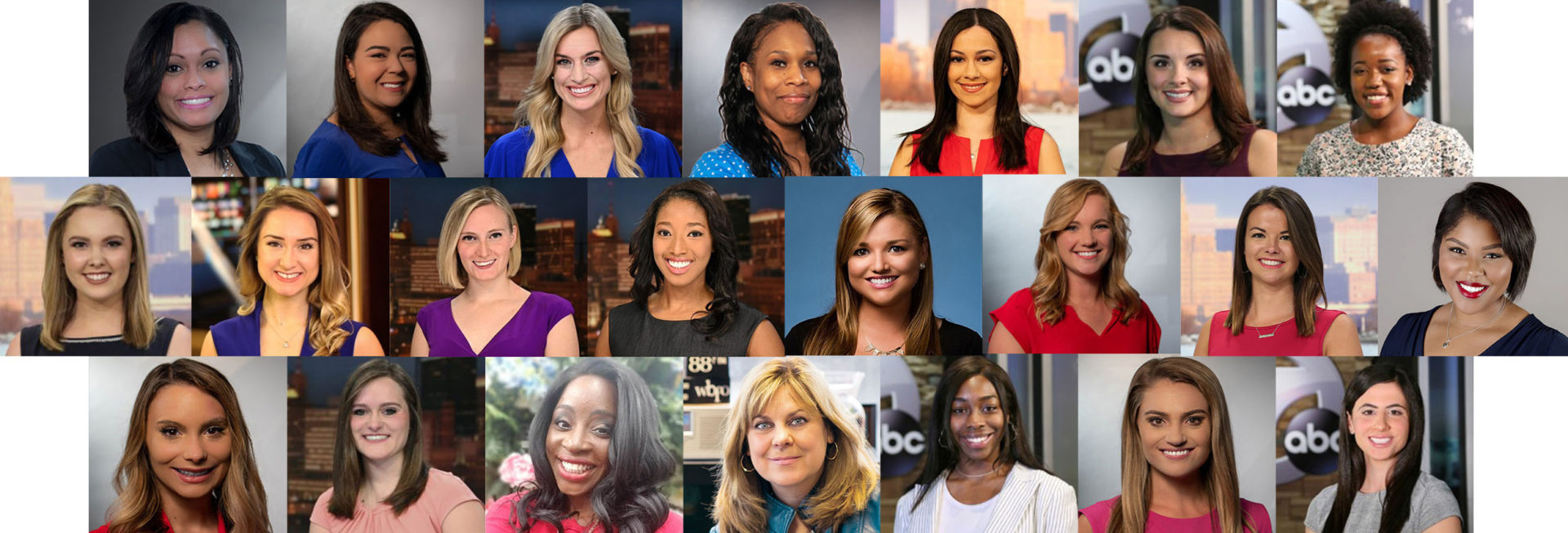
It is one of the most noticeable trends in local television news in Buffalo. To borrow a phrase from WKBW-TV’s promotional campaign, women reporters are everywhere. Of the last 23 new reporting hires made at the three over-the-air network affiliates in a little more than a year, all but one has been a woman.
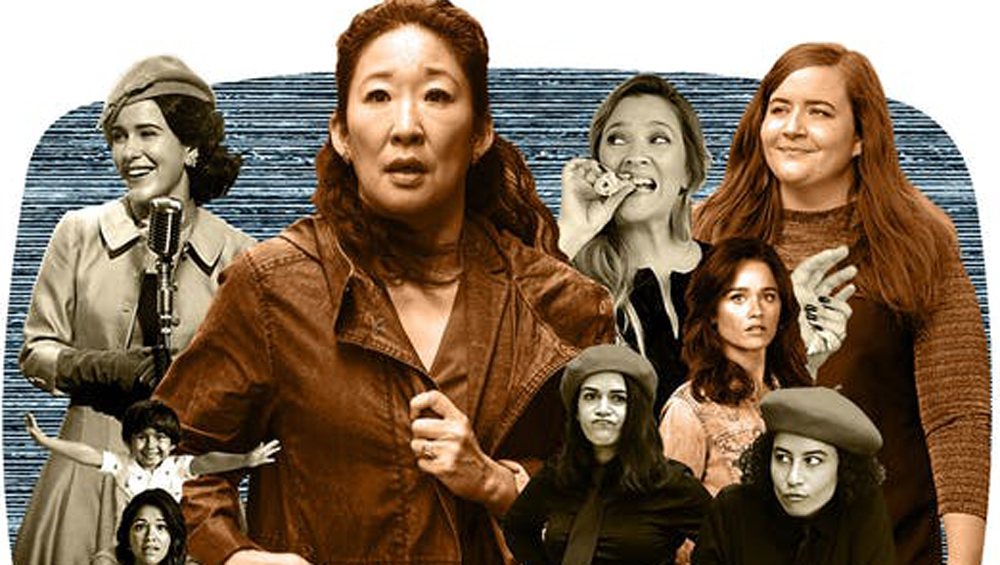
Working behind and in front of the camera, women are changing the medium for the better.
From Tiffany Haddish to Nicole Kidman, Oprah Winfrey to Jennifer Salke, they’ve led through constant change, survived mega-mergers and stepped up creation to meet a seemingly insatiable global appetite for content — amplifying fresh, diverse voices along the way. The Hollywood Reporter honors 2018’s real superheroes: entertainment’s unstoppable female forces.
The expanding world of TV has brought more opportunity overall, with streaming services such as Netflix and Hulu joining broadcast and cable platforms to push the combined number of TV series to 400-plus and counting. An all-time high of 225 first-time directors were hired last season by studios, networks and executive producers, a 42% increase over the previous season, a new study from the Directors Guild of America shows.
 Like with many STEM-oriented fields, music production and sound engineering are dominated by men — though that’s very slowly changing.
Like with many STEM-oriented fields, music production and sound engineering are dominated by men — though that’s very slowly changing.
WGN’s Lyons Tops ‘Most Powerful Women’ List
Women directed 17% and minorities 19% of the more than 4,000 episodes produced last season for broadcast, cable and high-budget streaming series, the Directors Guild of America says in its annual survey.
Women, Minorities In TV Up From A Year Ago
The latest RTDNA/Hofstra University Annual Survey finds the minority workforce in TV news rose to 23.1%. That’s up almost a full point from a year ago and is the second highest level ever in TV news. The minority workforce at non-Hispanic TV stations also went up to the second highest level ever.
RTDNA: Minorities Slide, Women Make Gains
The latest RTDNA-Hofstra University Annual Survey finds the minority workforce in TV news slid 0.2 to 22.2%, still the third highest level ever. And the minority workforce at non-Hispanic TV stations rose this year to the third highest level ever as well. In TV, women news directors and women in the workforce both rose to the highest levels ever.
Here’s a question you won’t hear debated by the panelists on sports-talk shows: Why are so few women among the panelists on sports-talk shows? Women have made strides in virtually every area of sports journalism over the past two decades or more. They cover sports for newspapers and Web sites, write columns and host studio programs. They are ubiquitous as sideline reporters on game broadcasts and they’re a growing presence as the sports anchor on local newscasts. But they don’t, generally speaking, get to offer their opinions on the air.

















